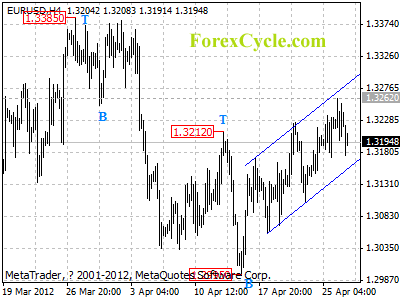When notorious American thief Willie Sutton was asked why he robbed banks he replied “Because that is where the money is”. Similarly, if you were to ask mining executives why they are heading to West Africa and they might equally reply, “Because that is where the gold is”. In a recent report, [UK] natural resource broker Old Park Lane Capital describes West Africa as the “destination of choice in the gold space”. But the report also reveals that, as Willie Sutton could have told today’s gold explorers, you cannot make easy money without bearing a bit of risk.
Why is this region, stretching from Sierra Leone to Ghana, becoming such a hotbed of activity? Its promise lies in its geology. Of particular importance is the Paleoproterozoic Birmian granite-greenstone terrain – this is the dominant source of gold in West Africa.
3 Reasons Gold Explorers Have Ignored West Africa
Firstly; the terrain which dominates West Africa is largely surrounded by dense jungle, deserts and a deep overburden that this area is already a major gold producing region. But the area is still relatively unexplored and Old Park Lane believes that it has the potential for fresh world class discoveries.
Aside from the technical challenges, the biggest threat is political. This poor region has had a particularly volatile political history. Driven partly by the need to attract foreign investors, things are beginning to calm down, but there is still plenty of scope for unnerving surprises.
Only last month, Captain Amadou Sanogo seized control of Mali, claiming that he needed more support to fight rebel groups returning from Libya where they had backed Muammar Gaddafi. Ivory Coast’s industry was disrupted by a disputed election in 2010. Al-Qaida insurgency is a threat in Niger. Senegal saw deadly protests in the run-up to elections this year.
But there have been success stories too, most notably in Liberia where Africa’s only female president, Ellen Johnson Sirleaf, was re-elected last November.
Political turmoil and harsh terrains are not the only concern of foreign mining companies. There is also a creeping increase in the state share of mining proceeds. Ghana has increased its rate of corporate tax from 25% to 35% and proposed a 10% windfall tax. Mali wants to increase its stake in new mining projects from 20% to 25%. A new mining code in Guinea will allow the state to acquire a further 20% stake in mining projects, albeit on a fully paid basis, alongside its 15% free carried interest.
West Africa’s Dependence on Natural Resources
West African countries are heavily dependent upon natural resources; mining contributes 28% of Mauritania’s GDP and 30% of Sierra Leone’s. It is hard to criticise West African countries for their grasping. And there is not that much foreign miners can do about it, short of withdrawing and losing everything that they have invested hitherto.
Whether the West African nations need the foreign miners more than the latter need them is debatable. But still these nations cannot afford to kill the goose that is laying the golden egg, and one good way to encourage the miners is to improve infrastructure. Power, water and transport links are crucial to mining projects and West African countries are beginning to make the necessary investments, not only on their own but also in concert. For instance, Ivory Coast and Burkina Faso recently signed an agreement to jointly develop road, rail and energy projects.
In this environment miners can only persevere while keeping their fingers tightly crossed. But the rewards are there. The average grade for West African gold deposits is around two grammes per tonne, with some newer discoveries in excess of three grammes per tonne. Land holdings can be large and sufficient for the achievement of the two-million ounce resource that, according to Old Park Lane, gives a developer a serious chance of putting a mine into production.
Tom Bulford
Contributing Editor, MoneyWeek (UK)
Publisher’s Note: This is an edited version of an article that originally appeared in MoneyWeek (UK)
From the Archives…
Small Caps – A Way to Bet on Developing Markets…Without Investing Overseas
2012-04-013 – Kris Sayce
All Transactions to be Conducted in the Presence of a Tax Collector
2012-04-12 – Simon Black
How You Can Use Government Intervention to Profit on the Stock Market
2012-04-11 – Kris Sayce
Australia – The Pacific Pawn in USA Versus China
2012-04-10 – Dr. Alex Cowie
If Ron Paul Were US President…
2012-04-09 – Mark Tier






